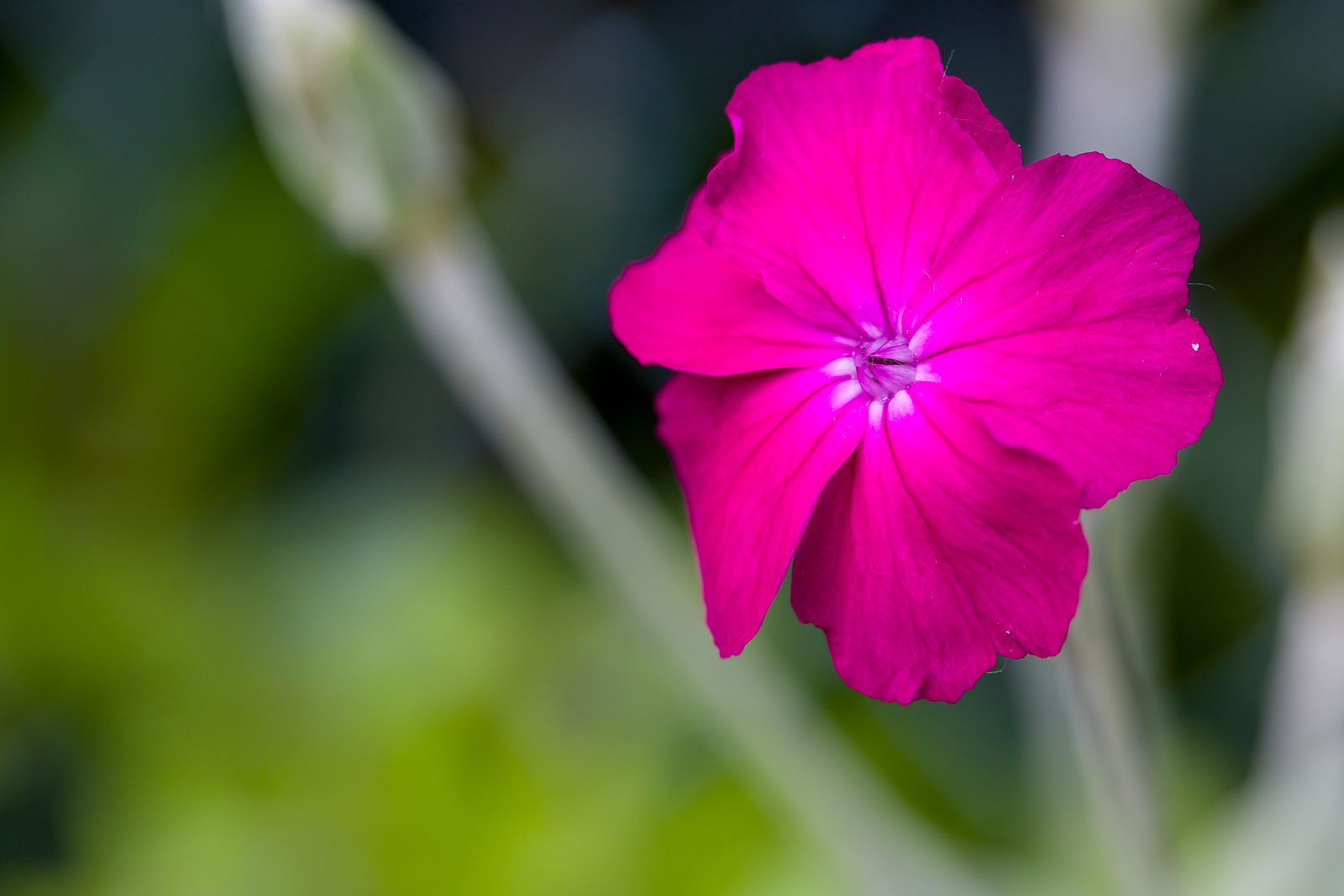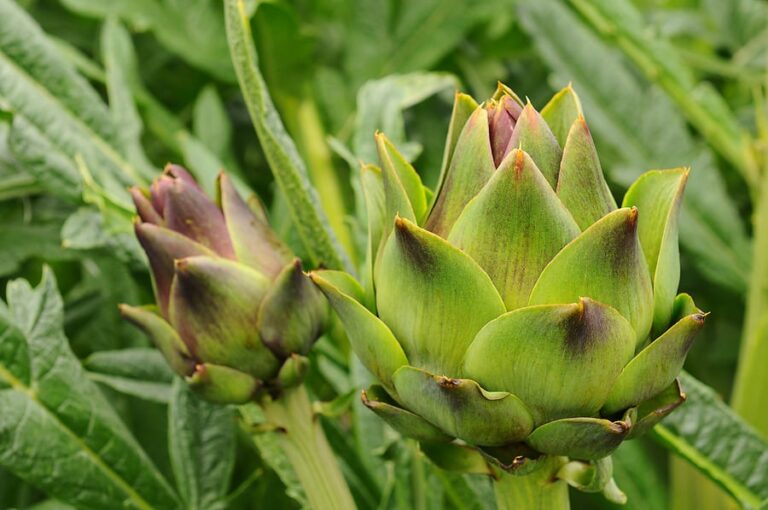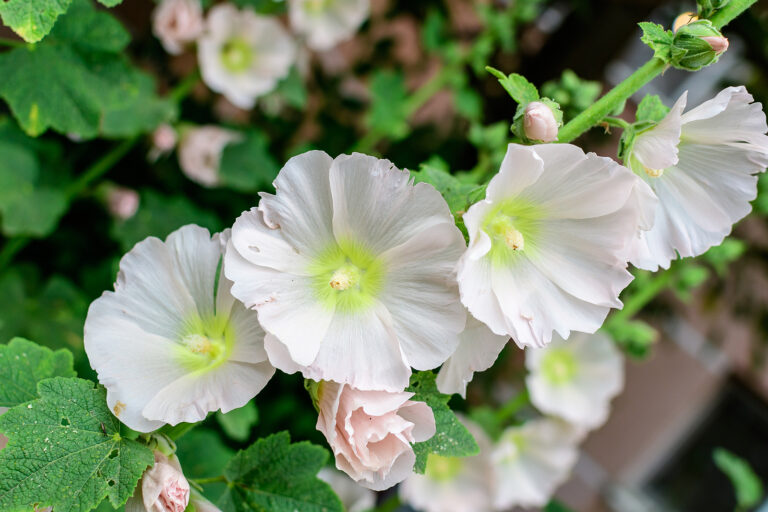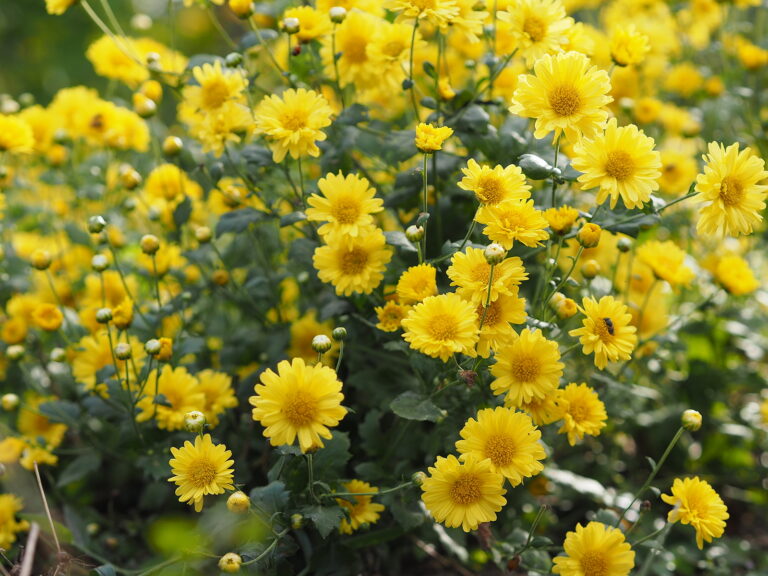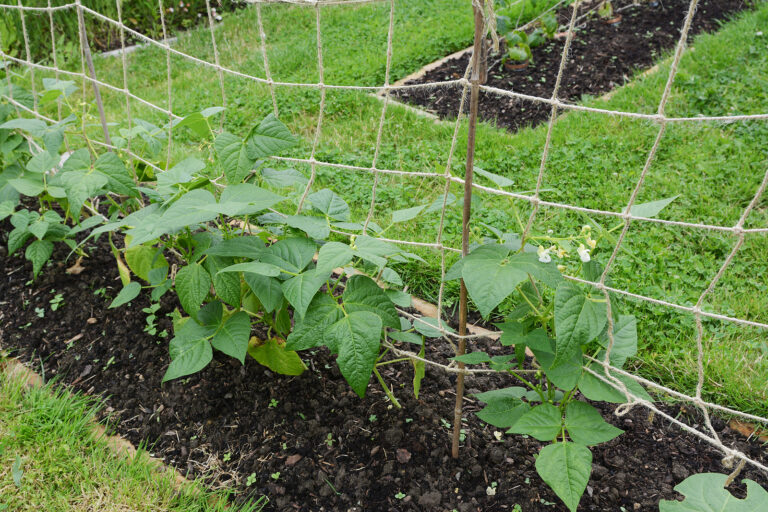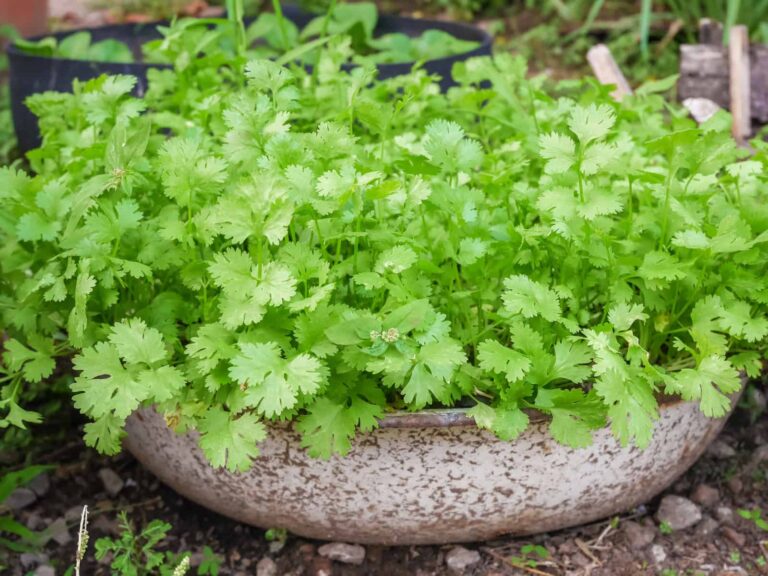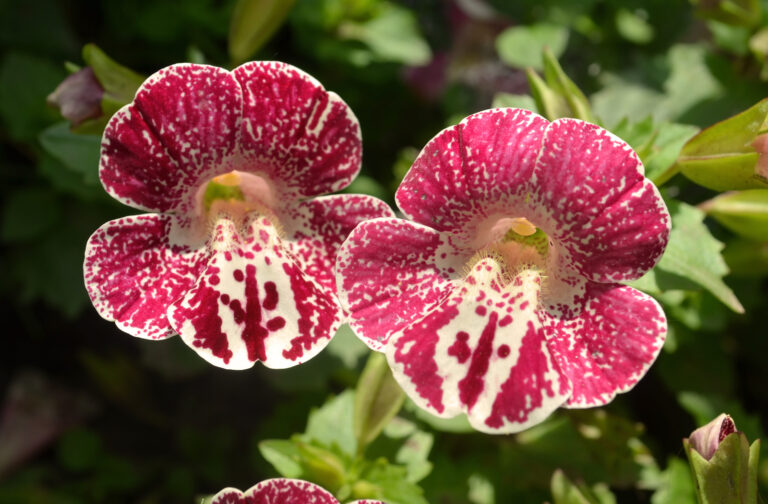How to Grow Lychnis
Lychnis bears bright summer flowers often pink or red. Flowers are carried singly on branched stems or in small, rounded clusters.
The Lychnis genus contains about 20 species of biennial and perennials. Lychnis coronaria is an old-fashioned favorite often planted in borders. Other species are suited for rock gardens and containers.
Lychnis bears five-petaled flowers that have tube-shaped baes and flattened faces with petal lobes that are rounded, notched, or sometimes fringed at the tips. Flowers are carried singly on branched stems or in small round clusters.

Get to know Lychnis
- Plant type: Perennials and annuals
- Growing zones and range: Zones 4 to 8
- Hardiness: Hardy to -35°F (-37°C).
- Height and width: 12 to 36 inches (30-91cm) tall and wide depending on the variety.
- Foliage: Plants have rounded, often hairy leaves.
- Flowers: Flowers are carried singly on branched stems or in small, rounded clusters; five-petaled flowers have tube-shaped bases and flattened faces with petal lobes that are rounded, noticed, or sometimes fringed at the tips.
- Flower colors: Blue, lavender, white, and pink
- Bloom time: Summer
- Uses: Borders, cutting; smaller types for rock gardens or raised beds
- Common name: Lychnis, catchfly, rose campion
- Botanical name: Lychnis
- Family name: Caryophyllaceae
- Origin: Woodlands in northern temperate regions
Where to plant Lychnis
- Plant Lychnis in full sun or partial shade. In hot summer regions, plant Lychnis where it will receive afternoon shade.
- Grow Lychnis in average to humus-rich, well-drained soil.
Lychnis uses and companions
- Grow large perennials in a sunny border or wild garden, the smaller, alpine species in a rock garden.
- Grow annual species in an annual or herbaceous border.
- Plant Lychnis in the foreground of cottage gardens and informal borders.
- Good garden companions for Lychnis include Armeria, Catananche caerulea, Coreopsis, Dianthus, Oenothera, Verbascum.

When to plant Lychnis
- Set perennial Lychnis in the garden in spring or autumn. Set annual Lychnis in the garden after the last frost in spring.
- Sow seeds outdoors in early spring; in mild-winter regions, sow seed in autumn.
- Lychnis is generally short-lived and needs to be replaced every few years.
Planting and spacing Lychnis
- Sow seed 1/8 to ¼ inch deep; sow seed indoors in sterile seed starting mix; sow seed outdoors in evenly prepared soil.
- Space Lychnis 12 to 24 inches (30-61cm) apart depending on the variety.
How to water and feed Lychnis
- Lychnis needs evenly moist soil.
- Fertilize Lychnis with an all-purpose fertilizer in spring.
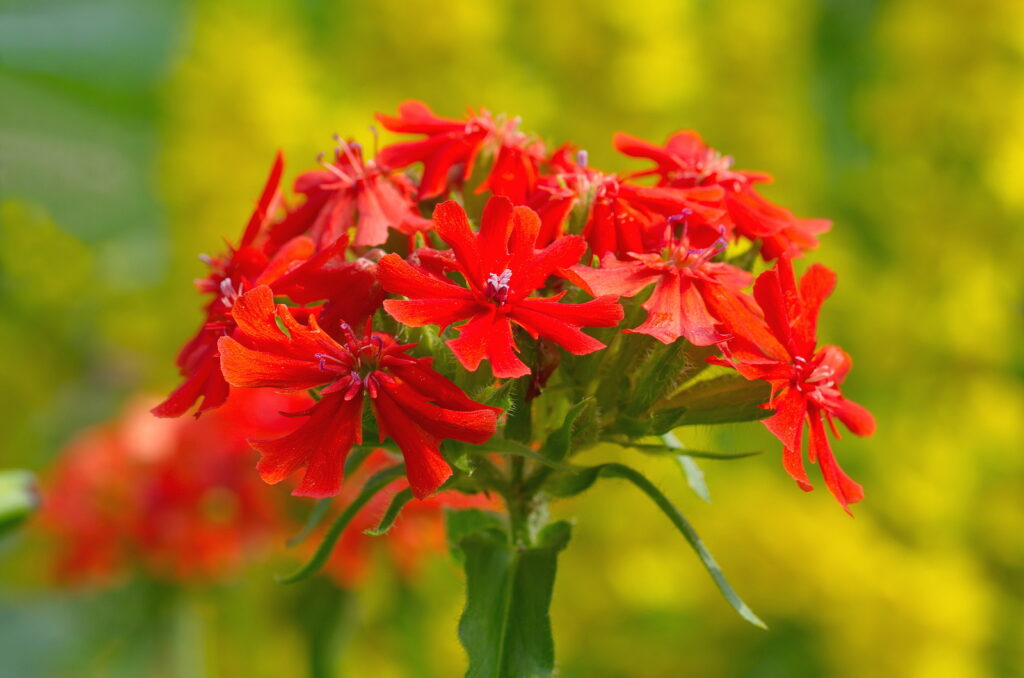
Lychnis care
- Taller species require staking.
- Much around plants with aged compost in hot summer regions to conserve soil moisture.
Lychnis pests and diseases
- Slugs and snails may eat the young shoots as they emerge.
- Foliage is sometimes susceptible to powdery mildew with L. coronaria being most affected.
Lychnis propagation
- Lychnis and be grown from seed or propagated by division.
- Lychnis seeds will germinate in 20 to 25 days at 70°F (21°C).
- Seeds sown in autumn or early spring will generally flower in their second year.
- Divide Lychnis every 2 to 3 years in spring to keep the clump vigorous and for propagation.
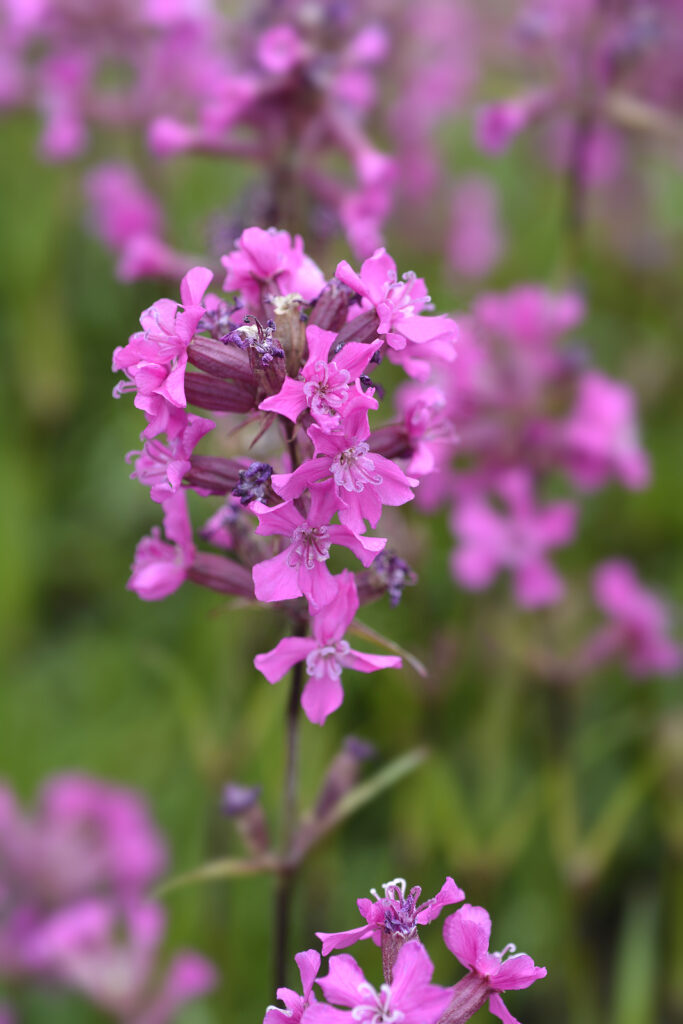
Lychnis varieties to grow
- Lychnis alpina, alpine catchfly: Short-lived perennial; rose-purple flowers 1cm across borne in head-like clusters from spring to summer; grows to 6 inches (15cm) tall.
- L. x arkwrightii, Ark-Wright’s campion: Scarlet flowers about 1 inch (2.5cm) across; dark-red-flushed foliage.
- L. chalcedonica, Jerusalem cross, Maltese cross: Scarlet flowers more than 1 inch (2.5cm) across with cleft petal grows to 36 inches (1m) across.
- L. coronaria, Rose campion: Reddish purple flowers more than 1 inch across; gray-felted ovate to lance-shaped leaves; cultivars with white and deep pink flowers.
- L. flos-cuculi: Bright pink flowers with deep cut narrow-lobed flowers appear in clusters on lax branches; grow to 24 inches (61m) tall; this variety is well-suited for moist soil and pond margins.
- L. flos-jovis: Bold purple to pink or white flowers borne in dense clusters; grows to 18 inches (45cm) tall.
- L. x haageana: Scarlet or orange-red flowers about 2 inches (5cm) across carried in clusters; short-lived perennial; grows to 18 inches (45cm) tall; cultivars with red and salmon-pink flowers.
- L. viscaria, German catchfly: Clusters of reddish-purple flowers less than 1 inch across; stiff stems; cultivars with white, magenta, and purplish-pink flowers.

